A Look into Fully Automated Futuristic Factories

Posted on Jan 03, 2019 in Automation
3 min read time
To me, it feels like the future we’ve all waited for and saw in movies is drawing near. Seeing constant new technological achievements and breakthroughs, ranging from new 3D printers that can work with many different materials to complex robotics systems and new machines that make manufacturing easier, it seems like that sci-fi future is upon us.
But can you imagine how these futuristic factories and manufacturing will look just a couple of years from now? Let’s talk about the technologies that are going to have a great impact on factories and offer an open-minded perspective on what they will look like in the near future.
The implementation of collaborative robots
Cobots are machines designed to work with and help human workers.
Even though robots aren’t exactly a new sight in factories, there are constantly new and innovative ways in which they are used. In the beginning, robots were designed to handle a single part of the process and do repetitive tasks but now, with advanced programming software and safety mechanisms, robots are working together with humans on production lines.
These collaborative robots, which are sometimes referred to as cobots, are machines designed to work with and help human workers. They can not only handle repetitive jobs to improve consistency, increase productivity, and minimize mistakes, but can also help humans be more productive as well. At the same time, factory employees have more time to work on creative tasks and get more involved in the process.
Fully automated manufacturing
The whole manufacturing industry has improved multiple times when it comes to adopting and perfecting various technologies, including automation. Repeatable processes are getting better and better and are being used in various aspects of work. However, automation is far from perfect and there is still room for improvement.
At the same time, more factories are automating their processes, as there are many still falling behind on implementing these technologies. By 2020, the number of industrial robots will reach 3 million, which is almost double than the current number.
The growth trends are obvious and all factories need to automate their processes if they want to compete. This is why we can expect fully automated factories to become a standard in the near future.
AI and robots
The breakthrough of artificial intelligence has allowed us to improve factory robots and give them more complex capabilities. AI has given factory robots environmental awareness and advanced cognitive programmability, allowing them to learn similarly to employees, reenact human behavior, and analyze it.
All these improvements have led to increased productivity and manufacturing efficiency, as robots don’t need help to handle all the mundane, technical, and repetitive tasks. Robots have a better understanding of their tasks and how to handle them properly without “getting confused”. At the same time, human employees are free to work on sophisticated aspects of production.
We are already seeing examples of automaton taking over factories such as the one in Tesla. In the future, we can expect to see more of this and with greater sophistication.
Do you know of any other examples of automated factories? How do you feel about the role AI has to play in modern factories? Share your opinion down in the comments, we’d be happy to spark up a conversation.


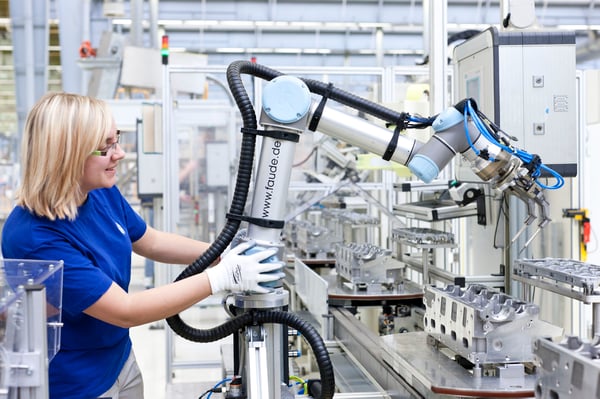
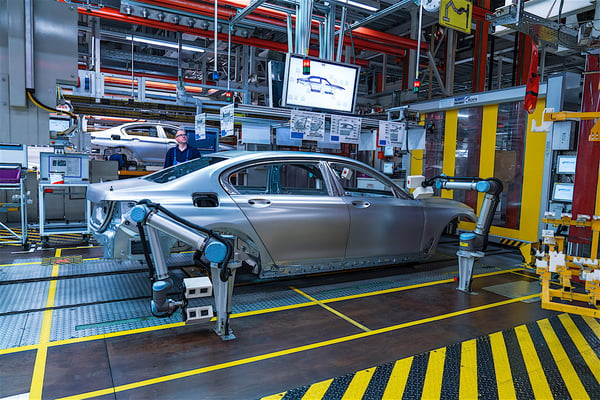
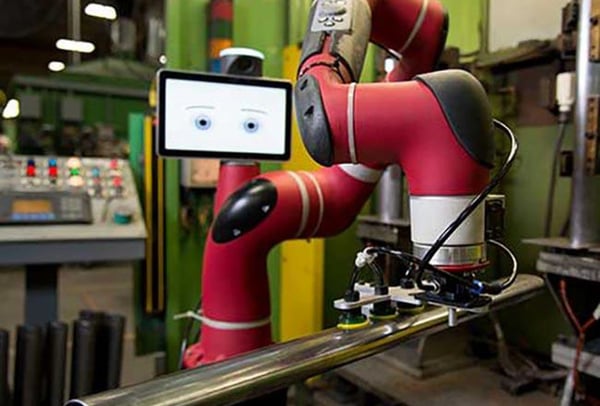

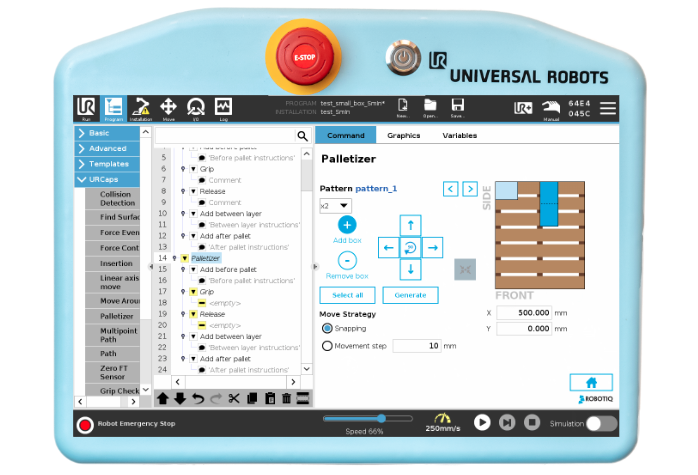
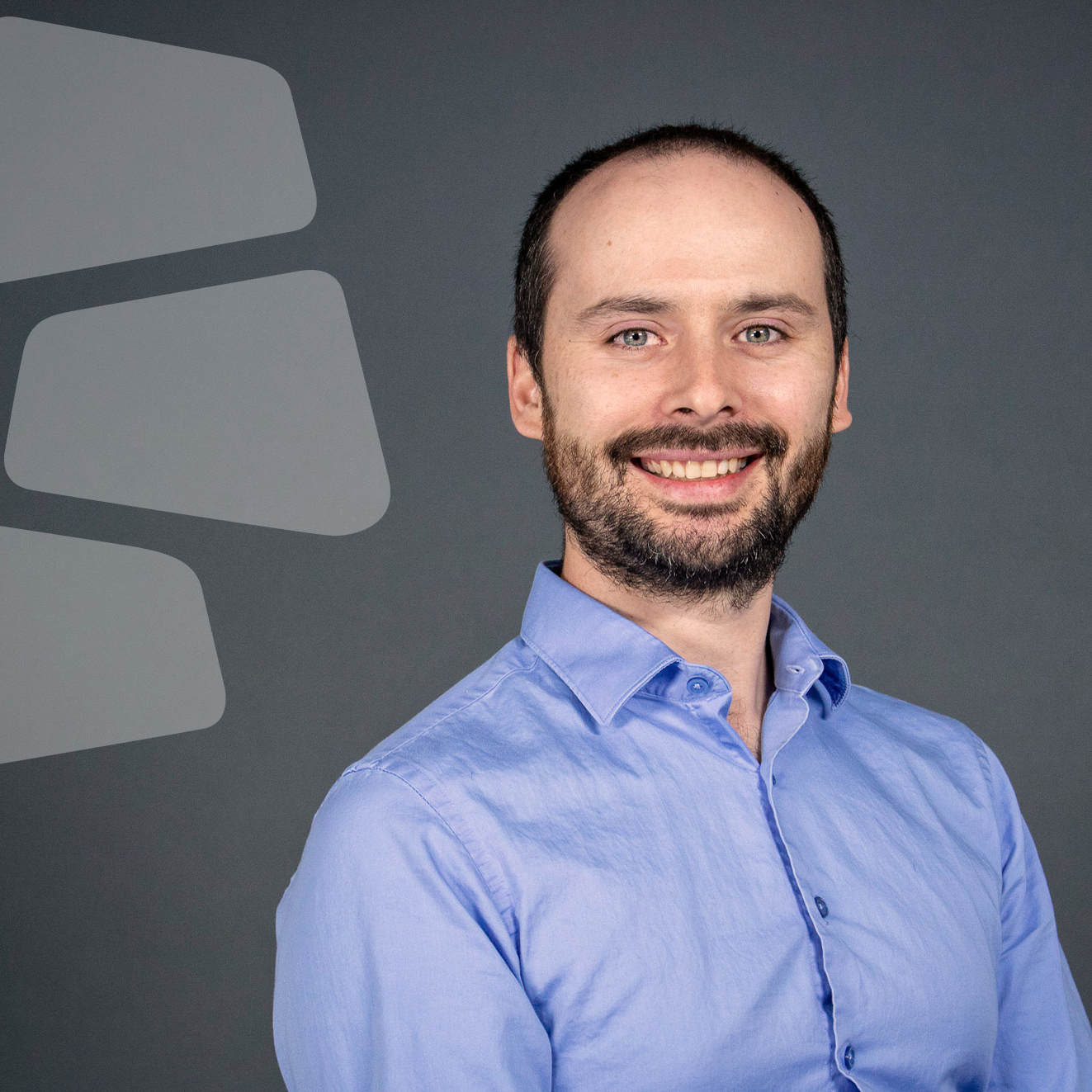

-1.jpg)

Leave a comment